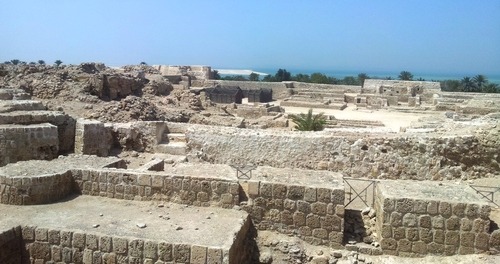Finally, after a year and a half working on project proposal and funding, followed by nearly a year intensive research and writing, the Gulf Art Guide is online. Some of the cities (Abu Dhabi, Sharjah, Muscat, Doha and Manama) are covered by my co-author Neil van der Linden. The rest is written by me, and I worked a lot on website layout, design, functionalities and editing and proofreading the whole site.

I first looked forward to the day the Gulf Art Guide would finally be finished and online, as a day of relief. But the same evening that it went online I realized that it is like a baby: now I will have to nurture it, help it get over infancy diseases, and help it grow up. No time to celebrate!
The essay, which you can download here, provides an unusual take on the Gulf art scene.
We have over 1000 likes on our Facebook page, which is a good way to keep abreast of what’s going on in the Gulf Art World.
A version 1.1 is being prepared for release in the summer of 2013.








